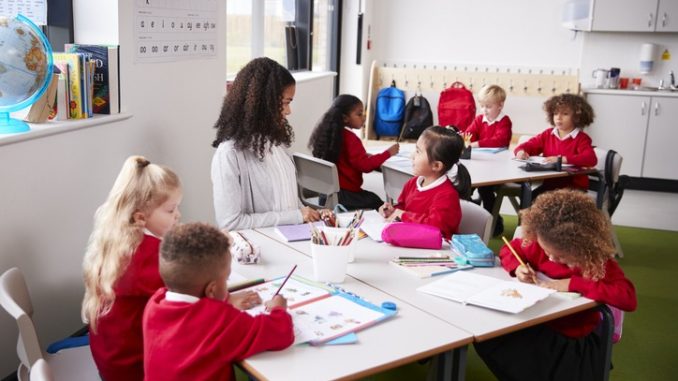
As reported by BBC news, most schools in Wales that appointed new teachers to cut infant class sizes say they will not be able to keep them when a government grant ends
A progress report by education minister Kirsty Williams said 115 schools were benefiting from the £36m grant. The grant was to be used to pay for new school staff or extra classrooms for four to seven-year-olds. However, some education experts and politicians have questioned its value for money.
The Welsh government said it was targeting the money at schools with significant numbers of poorer pupils, higher levels of children with additional learning needs or with English as an additional language, or where outcomes were lower than average.
It aims to spend £16m to fund 150 additional teaching staff and £20m to create 59 new classrooms as well as improving existing facilities. So far, 95 additional teachers and 40 additional teaching assistants are in place.
But the report said the majority of schools that have received a grant to fund additional teachers said they would not be able to keep them when the grant ends in August 2021.
“Schools are reporting that budgets are becoming more challenging each year and maintaining the additional teachers would put them in a deficit budget,” it said.
A “very small number” of schools said they would look at using the Pupil Development Grant or carefully managing budgets to keep the classes.
Examples of how the grant has been used include creating two classes of about 15 from one class of 30 or creating smaller classes of about 10 for those pupils who need extra support.
A commitment to reduce infant classes was a key element of the agreement which brought Liberal Democrat Kirsty Williams into the Labour cabinet in 2016.
But some politicians and advisers questioned at the time whether the millions allocated to the policy would be better spent on other priorities.
However, the Organisation for Economic Cooperation and Development (OECD) has said the overall evidence on the effects of reduced class size on student performance is “weak”.
It has said cutting class sizes results in “trade-offs”, which could mean less investment in other key areas. But it said there was “wide agreement” that younger children need more time and interaction with teachers and “some evidence” that smaller classes may benefit students from disadvantaged backgrounds.
Plaid Cymru education spokeswoman Sian Gwenllian welcomed the emphasis on reducing class sizes so that more time could be devoted to individual pupils.
“However, major problems still face our schools and our teachers – including the fact that we lose a third of new teachers within the first five years and that we are not recruiting as many new teachers as we should be,” she said.
“We need urgent measures to turn this situation around. Otherwise there won’t be enough teachers in the system to allow class sizes to reduce in future years.”
Suzy Davies, who speaks on education for the Welsh Conservatives, said: “Any commitment has to be clear on how to attract enough teachers and support staff with the necessary skills.”
Don’t forget to follow us on Twitter, like us on Facebook, or connect with us on LinkedIn!

Be the first to comment